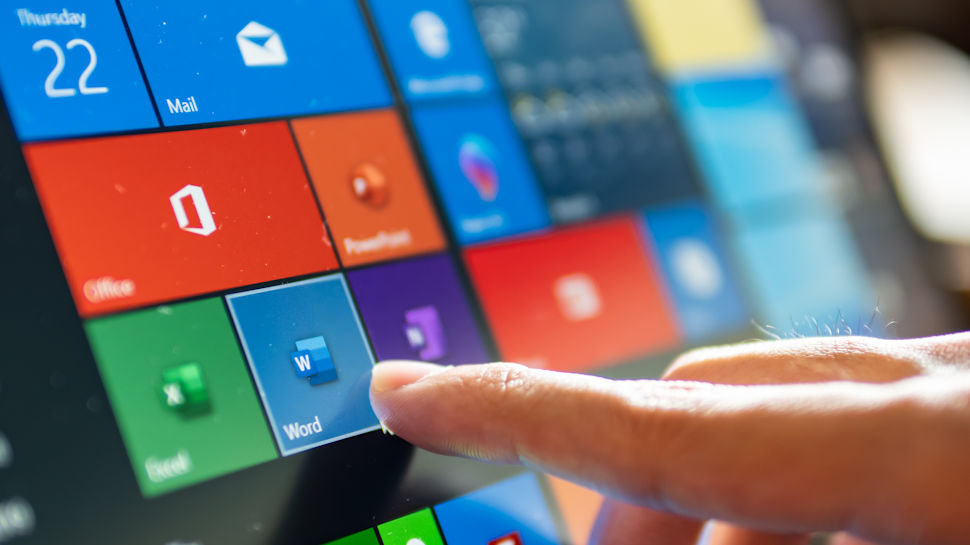Windows 10 might get an unpopular change to the Start menu which Microsoft recently implemented in Windows 11, going by a new leak.
This is the addition of an account manager section, and that piece of extra clutter in the Start menu could well be coming to Windows 10, as the functionality is currently in test builds – though it isn’t yet live.
The Start menu account manager from recent Windows 11 updates is being backported to Windows 10. (present in Beta/RP build 19045.4842, disabled by default.) pic.twitter.com/34Ub68flCtAugust 23, 2024
Leaker PhantomOfEarth on X made the discovery by poking around in a Windows 10 preview (build 19045.4842) and enabling the feature with a Windows configuration utility.
If this change comes to Windows 10 in the same form as Windows 11, it means that when you click your profile picture (bottom-left of the Start menu), instead of useful shortcuts to lock your PC, or sign out of your account, you’ll instead get reminders (and promotional bits) for your Microsoft Account (or other services, potentially).
The mentioned shortcuts haven’t been ditched, but instead they’re hidden away in the new panel, accessed via a three-dot menu. Mind you, that three-dot menu doesn’t do anything yet in Windows 10, underlining that this feature isn’t complete yet, it’s just kicking about in the background for now.

Analysis: The unfortunate downside of Windows 10’s feature thaw
We do have to remember that this isn’t even present in testing yet, but with the works in place under the hood, and the fact that it’s already live in Windows 11 – and also given Microsoft’s general push to get more promotional-verging-on-advertising stuff into both operating systems – it seems pretty likely this will happen. We mustn’t count our interface aberrations before they hatch, though.
This is a particularly annoying one as it buries useful functionality – or at least shortcuts that some Windows users avail themselves of – behind an extra click (on that three-dot menu). It’s a permanent inconvenience for those affected, while offering nothing really useful in the way of an addition, and the feedback around this has been quite bitter as a result.
To see Microsoft apparently pushing forward with the move in Windows 10 is a bit surprising in this light, perhaps, but again – we can’t be sure the change will be implemented in the older OS.
At one point last year, Microsoft froze work on Windows 10, and we thought the operating system was going to get nothing but security updates until it reached End of Life. Then the software giant reversed course and kept features coming for Windows 10, but here we see the (possible) downside of that continued development – where rubbish ‘features’ no one really wants are also getting backported from Windows 11.
That said, we wouldn’t wish for a halt on Windows 10 development to avoid this kind of thing, although Microsoft will stop work on the older OS before too long, no doubt – support for Windows 10 runs out in not much more than a year, after all.




















+ There are no comments
Add yours